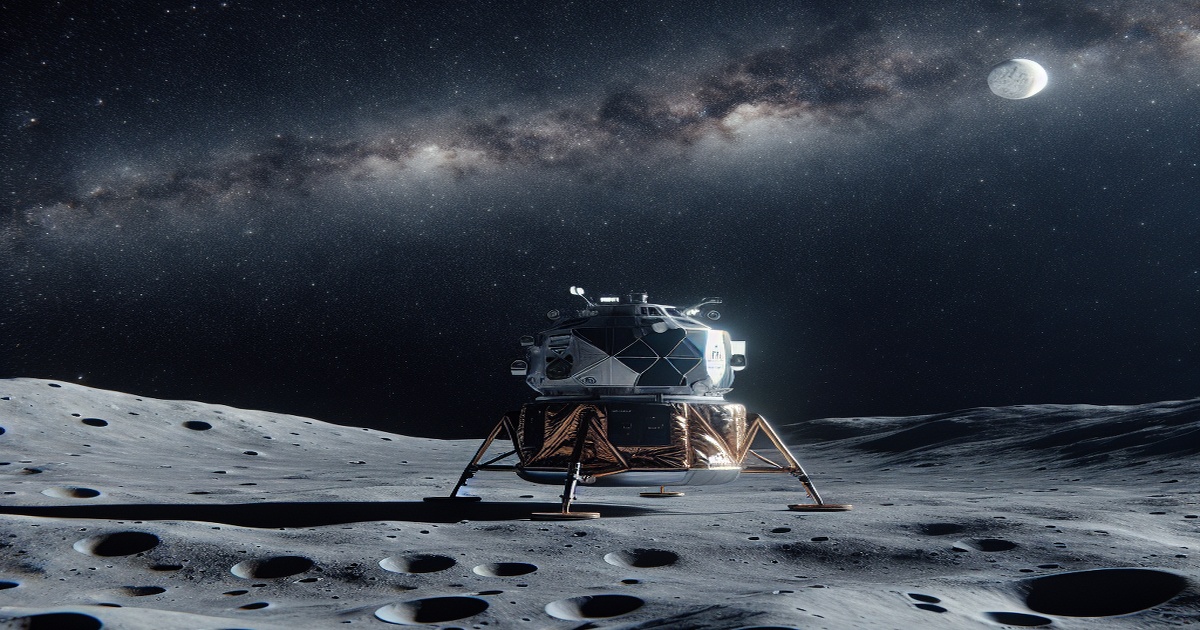On Sunday, March 2, US firm Firefly Aerospace achieved a significant milestone by successfully landing its spacecraft, Blue Ghost Mission 1, safely and upright on the lunar surface. The landing, which took place at approximately 3:34 am Eastern US time in the region known as Mons Latreille near Mare Crisium, is only the second successful private lunar landing in history. This achievement follows a previous private mission that landed sideways last February, highlighting Firefly Aerospace's particularly notable feat of a fully vertical, stable touchdown.
An engineer monitoring the mission from Austin, Texas, enthusiastically confirmed the successful touchdown, sparking celebration among the mission control team. Shortly after, the company's CEO, Jason Kim, affirmed that Blue Ghost was positioned stably and upright, further differentiating the mission from the previous private lunar attempt. NASA's associate administrator for science missions, Nicky Fox, also expressed joy and excitement over this achievement, underscoring the mission's significance.
Named "Ghost Riders in the Sky," this notable lunar mission falls under NASA's commercial partnership strategy aimed at reducing costs and supporting the Artemis program, which plans to take astronauts back to the Moon. Blue Ghost, approximately the size of a hippopotamus, commenced its journey aboard a SpaceX Falcon 9 rocket on January 15 alongside a Japanese lander, scheduled for its own lunar landing attempt in May. During its cruise through space, the mission provided striking images of both Earth and the Moon.
Notably, Blue Ghost carries ten scientific instruments designed for critical research in lunar conditions. These include a soil analyser, a radiation-resistant computer, and an innovative experiment testing whether Earth's satellite navigation system can function effectively for lunar navigation. The lunar lander is planned to operate during a full lunar day, equivalent to roughly fourteen Earth days.
Further, Blue Ghost is set to produce high-definition recordings of an upcoming lunar eclipse on March 14, offering unique insights into conditions when Earth temporarily obstructs sunlight from the lunar horizon. Additionally, it will observe the lunar sunset on March 16, hoping to analyze the intriguing phenomenon of lunar dust levitation caused by solar radiation—the origin of the lunar horizon glow first reported by astronaut Eugene Cernan during the Apollo missions.







6 Comments
Rotfront
Impressive milestone—the innovation behind using Earth's navigation satellites for lunar navigation is ingenious. Hats off to Firefly and NASA!
Karamba
This successful landing proves the power of private-public partnerships. Excited to see how this advances lunar research.
Matzomaster
Great, another expensive mission that won’t tangibly improve anyone’s life. Meanwhile, plenty of problems go unsolved here on Earth.
Rotfront
Seeing humanity master lunar landing technology privately is truly motivational. Congratulations Firefly Aerospace.
Coccinella
Amazing achievement by Firefly Aerospace! Vertical upright landing is groundbreaking. This is truly the future in action! 🚀🌙
Matzomaster
Huge congratulations! Watching humanity conquer new lunar frontiers makes me proud. One small step closer to long-term lunar missions.